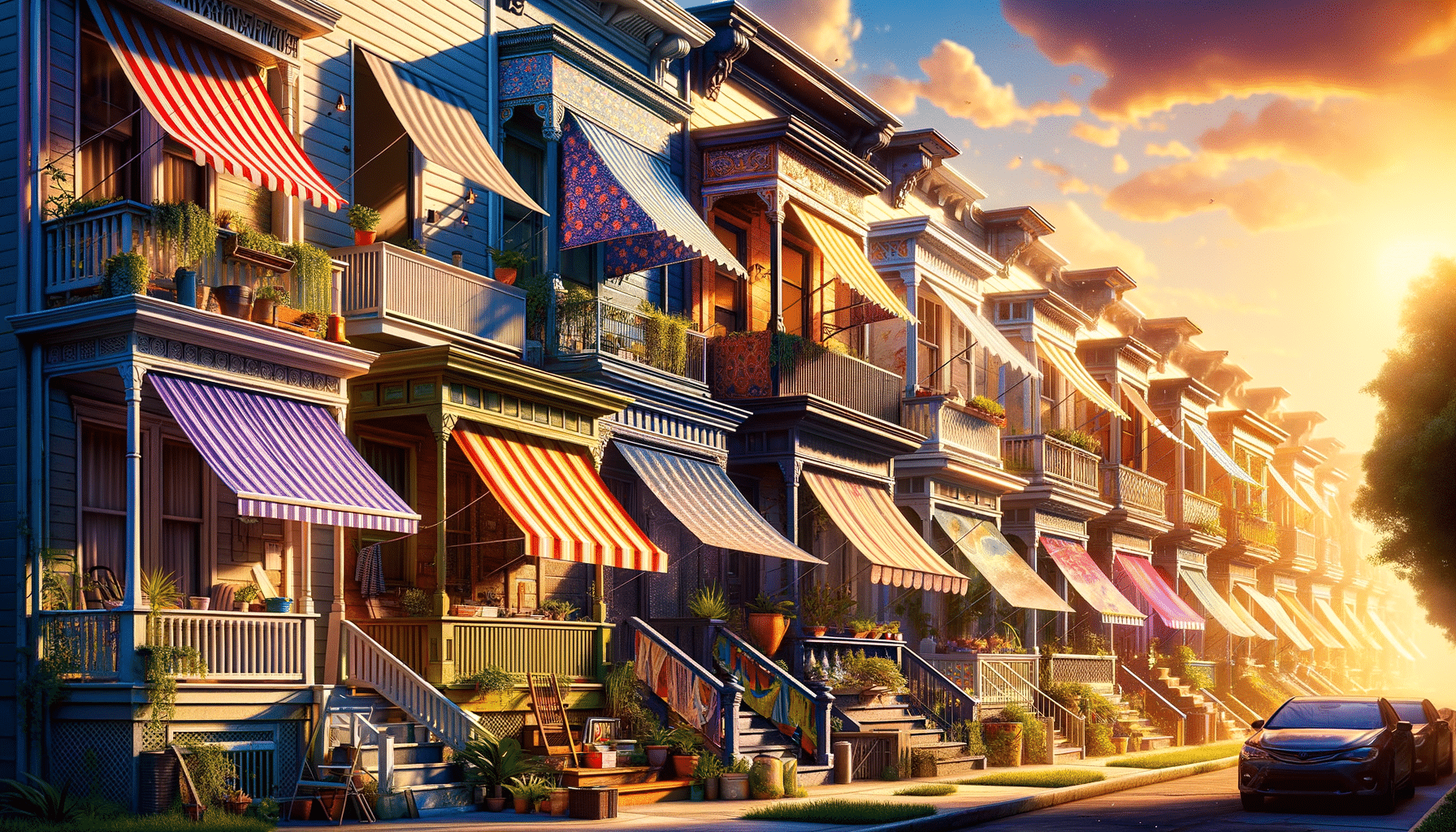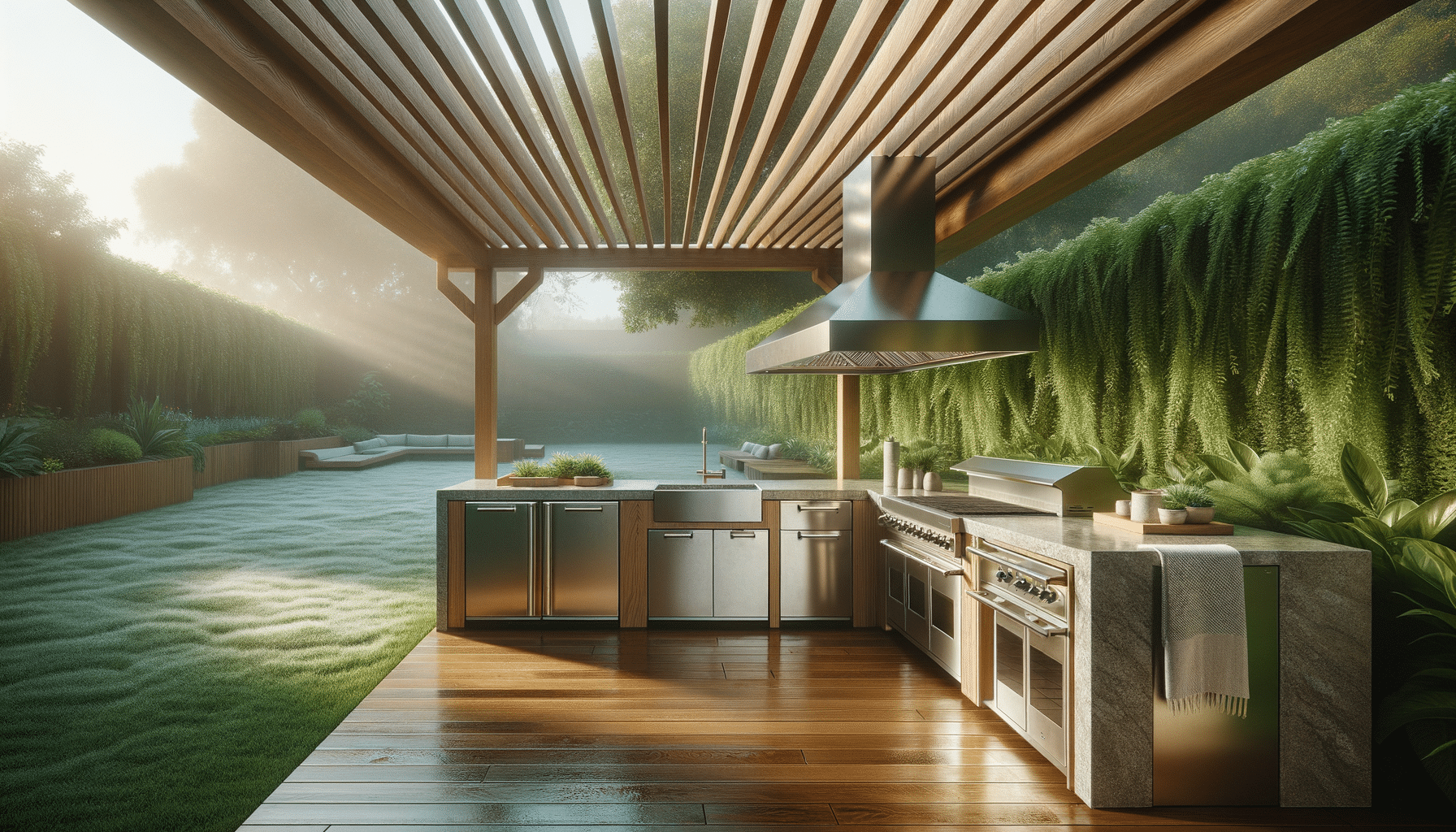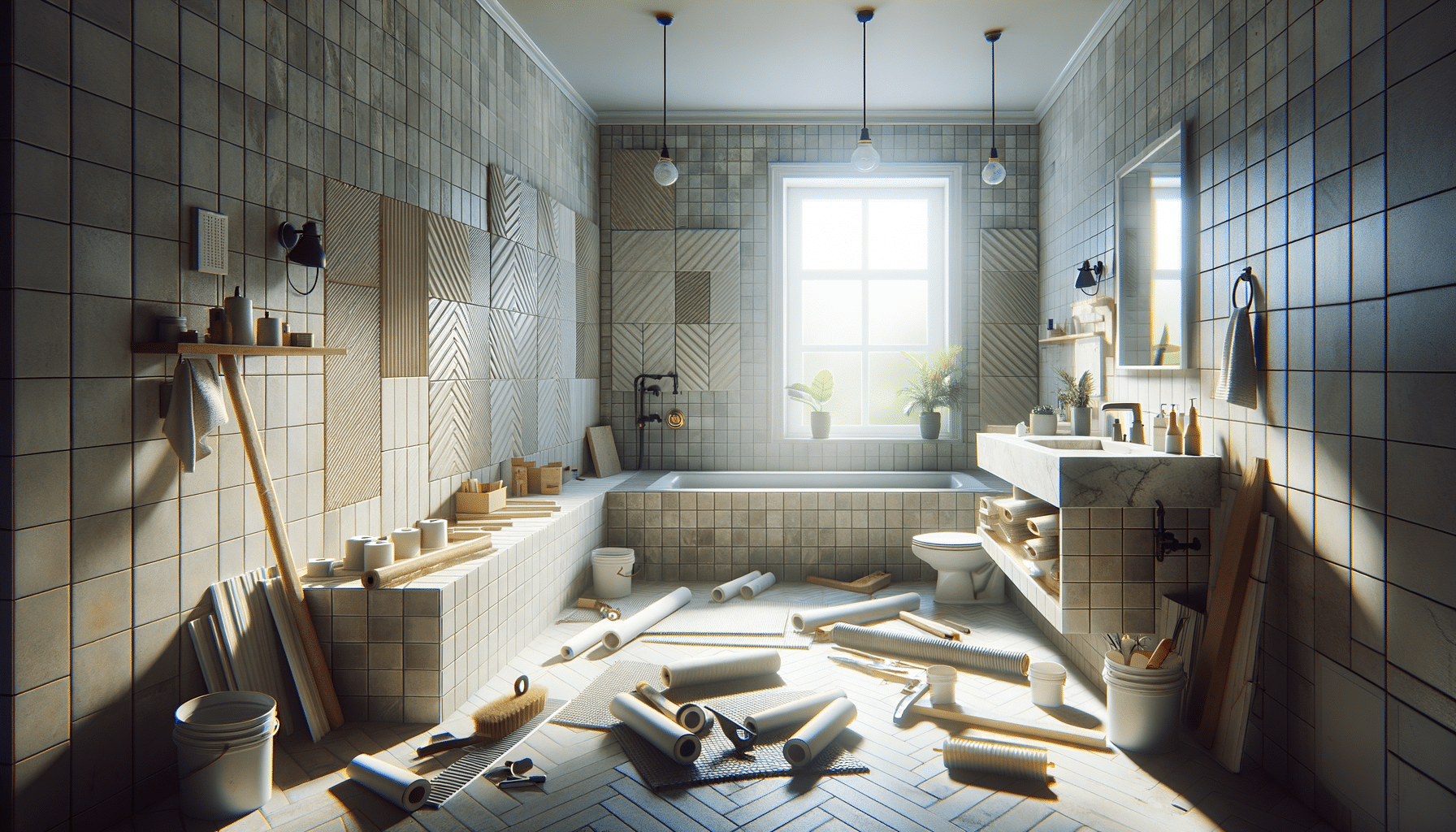
Exploring Residential Awning Designs: Enhancing Your Home’s Aesthetic and Functionality
Introduction to Residential Awnings
Residential awnings are a versatile addition to any home, offering both aesthetic charm and functional benefits. Beyond their decorative appeal, awnings provide shade, improve energy efficiency, and create inviting outdoor spaces. As homeowners continue to seek ways to enhance their living environments, exploring various residential awning designs has become increasingly popular. This article delves into the myriad of designs available, highlighting how they can transform and elevate your home’s exterior.
Types of Residential Awnings
When considering awnings for your home, it’s essential to understand the different types available. Each type serves a unique purpose and can significantly impact your home’s appearance and functionality:
- Fixed Awnings: These are permanent structures that are attached to the exterior of the home. They are ideal for areas requiring constant shade and protection from the elements.
- Retractable Awnings: These offer flexibility as they can be extended or retracted based on the weather conditions or the homeowner’s preference. They are perfect for patios and decks where variable shade is desired.
- Freestanding Awnings: These are not attached to the home and can be placed anywhere in the yard. They are excellent for creating separate outdoor living spaces.
Each of these options offers distinct advantages, and the choice largely depends on the specific needs and architectural style of the home.
Material Choices in Awning Design
The materials used in awning construction play a crucial role in their durability, appearance, and performance. Common materials include:
- Canvas: A traditional choice, canvas awnings offer excellent UV protection and come in a wide range of colors and patterns.
- Metal: Known for their durability, metal awnings provide robust protection against harsh weather conditions and are often used in modern architectural designs.
- Acrylic: These are highly resistant to fading and mildew, making them a popular choice for homeowners seeking low maintenance options.
Understanding the properties of these materials can help homeowners make informed decisions that align with their aesthetic preferences and functional requirements.
Design Considerations for Awnings
Designing an awning involves more than just selecting a type and material. Homeowners should consider factors such as:
- Color and Pattern: The right color and pattern can complement the home’s exterior and enhance curb appeal.
- Size and Scale: Awnings should be proportionate to the space they cover to ensure they provide adequate shade without overwhelming the home’s architecture.
- Functionality: Consider how the awning will be used. A retractable awning may be ideal for a patio, while a fixed awning might be better for a window.
Taking these elements into account ensures that the awning not only looks great but also meets practical needs.
Conclusion: Enhancing Your Home with Awnings
Residential awnings are an investment that can significantly enhance both the aesthetic and functional aspects of a home. By carefully selecting the type, material, and design, homeowners can create inviting outdoor spaces that offer comfort and style. Whether it’s a cozy patio retreat or a shaded window nook, awnings provide a flexible solution to enhance your living environment. As you explore the possibilities, remember that the right awning can transform your home into a more beautiful and functional space.


